The Way of the Artist
Article By Shraddha Shetty
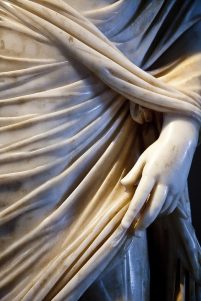 “Beauty is truth’s smile, when she beholds her own face in a perfect mirror.” (1)
“Beauty is truth’s smile, when she beholds her own face in a perfect mirror.” (1)
How would you define art? Usually, it is described as a form which is pleasing to the eyes. We call this form ‘beautiful’. Is beauty then related only to the sense of sight, motivated by the viewer’s feeling at the moment of viewing? Or is there such a thing as absolute Beauty, which is beyond subjective feelings of that moment, grasped by an inner sight, which remains beautiful, whether the viewer appreciates it or not; like a beautiful sunrise, or a lotus flower. Many religions speak of such Beauty as an eternal value, an archetype, one among many expressions of the principles of an objective unchanging reality, unbound by space and time, beyond the ever-changing subjective reality. If such absolute beauty exists, it becomes an aspect of reality, which unites despite differences in moods, fashion, culture, nationality, skin color, or gender.
“We try to realize the essential unity of the world with the conscious soul of man; we learn to perceive the unity held together by the one eternal spirit whose power creates the earth, the sky, the stars and at the same time irradiates our mind.” (2)
Art, in the classical tradition, is said to inspire the practitioner to grasp this unchanging, metaphysical realm of absolute beauty and harmony, and transmit it in the form of a painting, a sculpture, theatre, or poetry. This realm is the abode of the gods; of perfection and of limitless possibilities. For the admirer, to be awakened to this infinite truth, is to experience a deep need to move towards it, always higher, to become better than we are now, a little more noble , a little more beautiful, to bring to expression what previously lay latent in our potential. Sometimes evoked by the symbols used in the art-form that reveal a hidden truth, it might also be the sublime aesthetics which awaken the need for beauty and harmony. Hence, art becomes a bridge which connects the unchanging reality, the eternal aspect of life, to the transient world, through the use of a support. For a soul in quest of wisdom, a real piece of art acts as a signpost, pointing the seeker towards unity.
“This I know that often when I sang, and drummed and danced, I found my eternity.” (3)
A true artist therefore has a very crucial dual role. He has to rise to the window for a glimpse of this eternity and then climb back down to find a way to transmit his experience to those who are unaware of the window, or the eternal possibilities that lay beyond it; to urge them to climb up to gain this experience for themselves.
Perhaps Rabindranath Tagore’s greatness lies in his ability to express this sense of infinity in the realm of the finite, through his vast body of literary works, by seeking profound depth and richness in seemingly mundane things. He is credited as a crucial impetus in bringing about a cultural renaissance in India, reviving a sense of purpose behind art as a means to give expression to the spirit.
“The artist is the lover of nature; therefore is her slave and her master.” (4)
Written in colloquial Bengali, and sometimes translated into English, his work dwells in themes of naturalism, mysticism, and philosophical insight. It is evident, that nature aroused in him a sense of wonder, perhaps motivating him to explore her enigmas in great depth. Wise men in the past have spoken of Nature as full of mysteries, revealed only to those that align to her laws. Nature was, therefore, never merely a backdrop for his work; its presence was vital.
The Earth is described as a nourishing mother, the sky as a witness, trees as givers, a sapling as a deity, and human beings as a humble part of this family; an interdependent Unity, based on mutual cooperation and respect. Beyond the forest, animals, and minerals, human beings are regarded as integral part of Nature, as are the gods; she is the underlying inherent law of life.
“I slept and dreamt that life was joy. I awoke and saw that life was service. I acted and saw that service was joy.” (6)
Tagore was a mystic poet who dared to dream; but we cannot say that he was disconnected from day-to-day reality. He was devoted to social reform, and was an example of a truly free man who followed Ideals, unshackled by habits or societal conventions. One example of this attitude was his rejection of the conventional classroom-style education. In 1901, he established a school in Shantiniketan, where traditional values, cultural revival, and unity were placed at the center. He was not fearful of the consequences, and was not ambitious for awards, but steadily worked towards the fruition of his vision. As recognition of his work, he became the first Asian poet to win a noble prize in 1913, and was subsequently knighted in 1915. In 1919, however, Tagore withdrew from knighthood, in response to the injustice of the Jalianwala Bagh massacre in Northern India.
“Everything comes to us that belongs to us, if we create the capacity to receive it.” (2)
What enabled him to become a bridge between the realm of the spirit and matter? Perhaps Tagore allowed his mind to become a blank canvas on which nature could paint her vibrant colors. He became transparent, aspiring for simplicity, by taming the personal likes and dislikes, desires, and judgments – in order to be able to receive. But how does one do this? Should we run away, into ascetism? The world seems to condition our minds, and a seeker might therefore look to escape. Clearly it is far more difficult to guard the light of truth, when society seems to walk in the opposite direction. But perhaps herein lies the artist’s true purpose. In his noble prize acceptance speech, Tagore spoke of the time that he faced this dilemma. He spoke of a time when he was in isolation in nature:
“I was an obscure individual in those days. My name was hardly known outside my own province, but I was quite content with that obscurity, which protected me from the curiosity of crowds. And then came a time when my heartfelt a longing to come out of that solitude and do some work for my fellow beings, and not merely give shape to my dreams and meditate deeply on the problems of life, but try to give expression to my ideas through some definite work, definitive service.” (5)
This is a call to idealists, to be unafraid, and persevere to honour the noble ideals, related to the spirit. It is a call to be in the world, but not be of the world. We need to be able to see beyond our limited subjective thoughts, fears and gains, so that we may learn to serve. We must take inspiration from the great artists and carry forward their work through any profession we do.
Can we all become artists in life, or is it a faculty for just a few? If the goal of an artist is to transmit beauty through form, then perhaps this is a call to action for everyone. Each of us has a physical form that we are born with, which we can maintain with attention and aesthetics. We also have feelings and thoughts, which we constantly direct and shape. And although they have a far subtler form these feelings and thoughts too can be beautiful, inspired, just, directed towards the best of our potential, and in service of all. Ultimately, it depends on us.
Tagore’s work acts like a bridge, but ultimately we need to put the effort to walk over and cross to bring to life the unlimited world of noble values.
“You can’t cross the sea by merely standing and staring at the water.” (7)
We can become purposeful artists if we learn to harmonize our minds, our emotions and our actions and align them with eternal truths of our lives. We can express beauty, harmony, and unity, through any profession: as a doctor, as a banker, as a housewife or as a student. We can choose to be true artists who can bridge to the beautiful.
“There is ugliness in the distorted expression of beauty in our life, and in our art, which comes from our imperfect realization of Truth. To a certain extent we can set our life against the law of truth, which is in us, and which is in all, and likewise we can give rise to ugliness by going counter to the eternal law of harmony which is everywhere.” (2)
So isn’t it a good time to ask ourselves: “what is my truth?” Do I have an unchanging reality within me which unites me with humanity and with the universe? Can I seek this inner reality, so that I can experience, and practically give expression to, the glorious ideals? Maybe it will demand of me greater humility and courage to become more virtuous, even when it seems tough. But we can bring this into our daily lives and make it a practice. As Idealists, we can come together to make this world of matter more beautiful, more just, and more noble. All we need to do is to explore the way of the true artists, who direct us to look upwards towards the spirit.
Image Credits: By levent_karaoglu | pixabay | CC0
The entity posting this article assumes the responsibility that images used in this article have the requisite permissionsImage References
By levent_karaoglu | Pixabay | CC0
Permissions required for the publishing of this article have been obtained
Article References
Ray, Mohit Kumar. The English Writings of Rabindranath Tagore: Poems. Atlantic Publishers & Dist (2007). [ISBN: 9788126906659] 2. Tagore, Rabindranath. Sadhana - Realizations of Life (1913). 3. Google quotes.
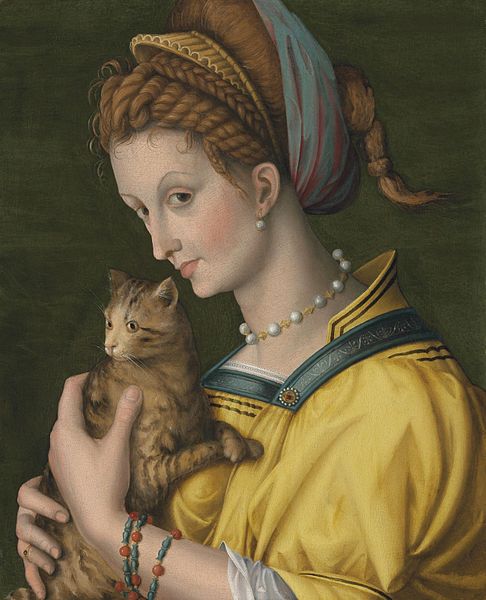
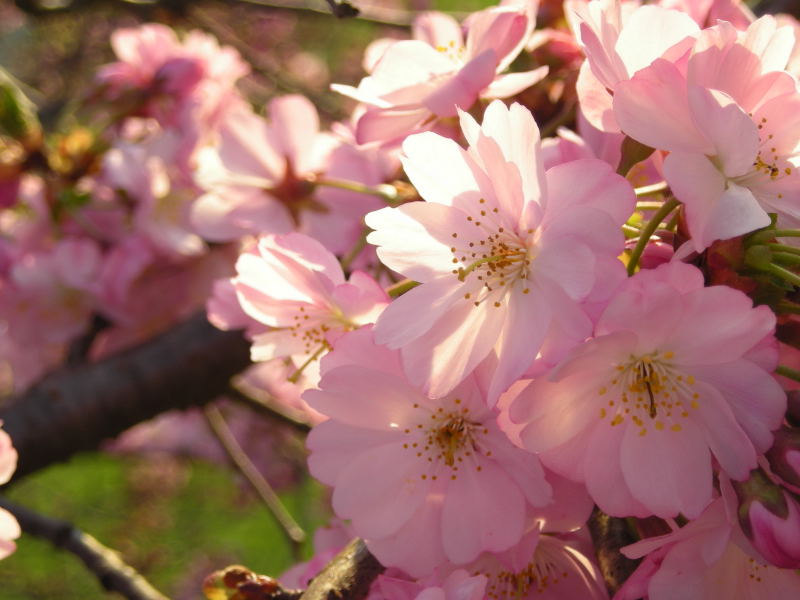
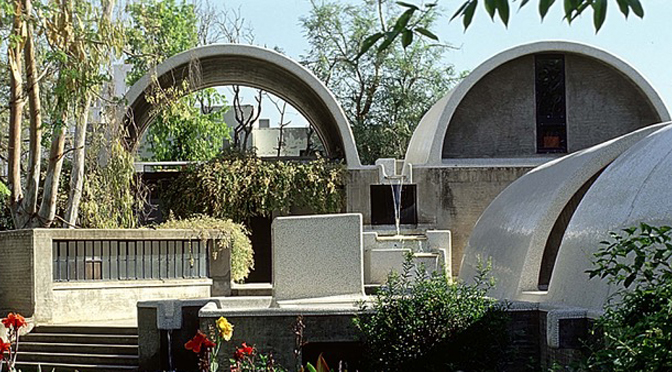
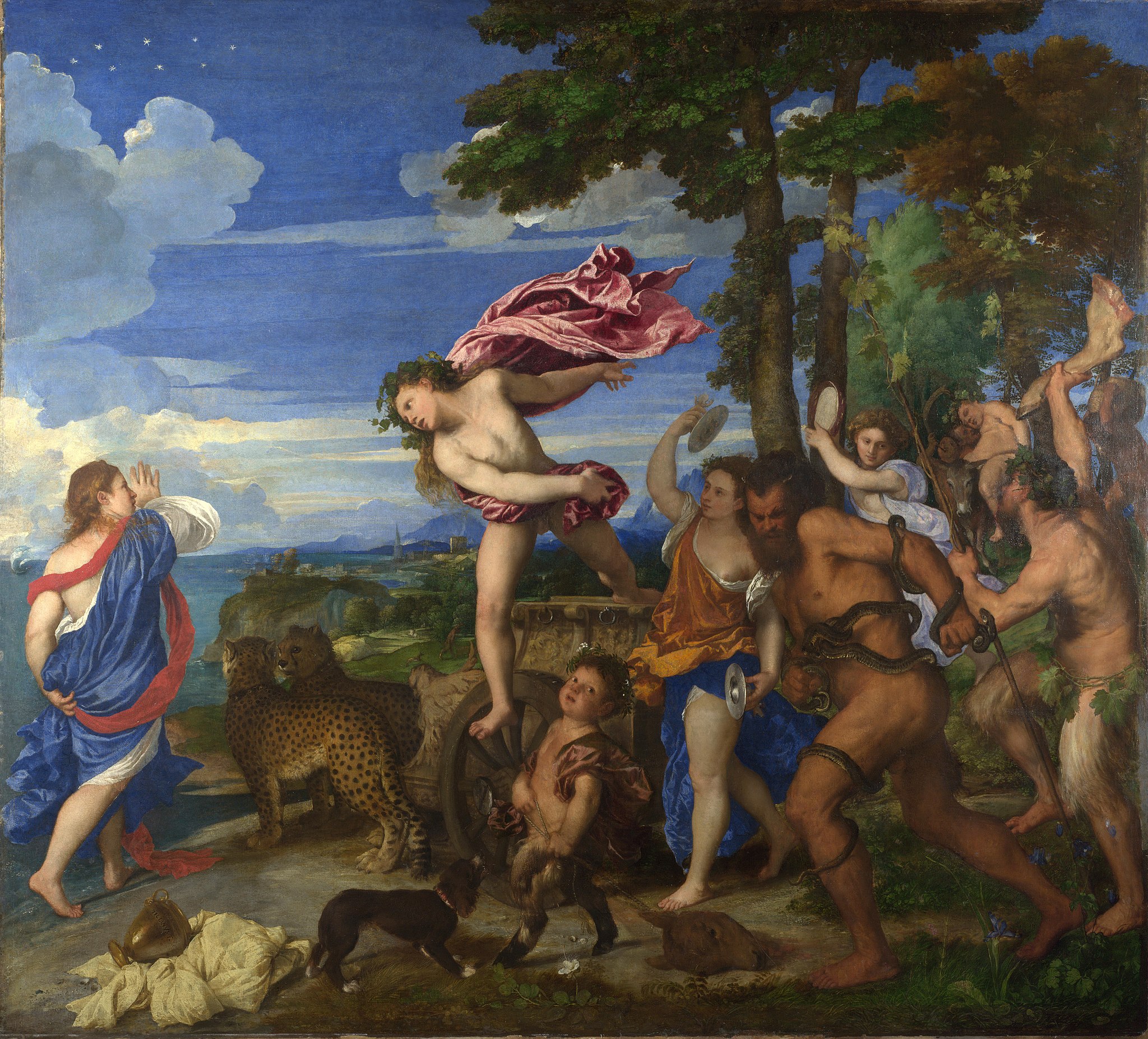
What do you think?